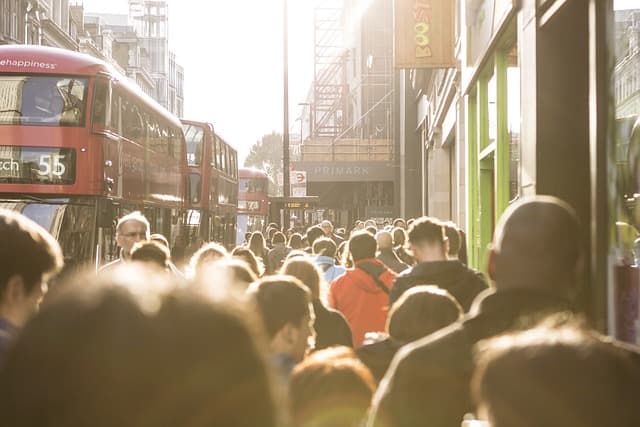
Travel Tips: How to Make a Trip to London Unforgettable
Planning a trip to London? This magnificent city attracts millions of tourists from all over the world with its wealth …
Travel company in London
Travel company in London

Planning a trip to London? This magnificent city attracts millions of tourists from all over the world with its wealth …
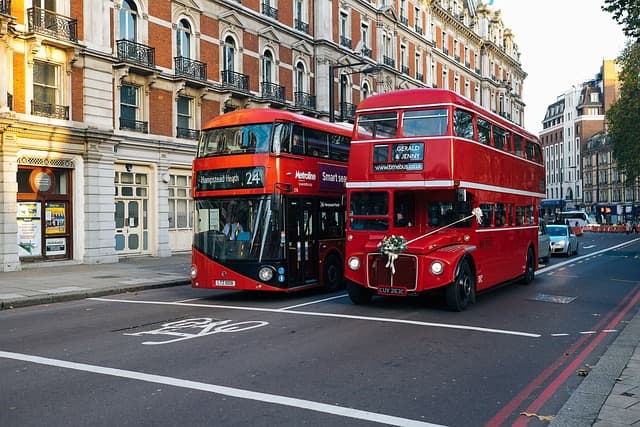
London is the perfect destination for a family vacation, with something for everyone. This magnificent city offers a variety of …

London is a city rich in history and is one of the most popular tourist destinations in the world. Its …

London is not only a cultural capital, but also an amazing place for outdoor activities and adventures. Despite being a …
Welcome to the website of the travel company “ShineMind: Discover London with a new perspective”!
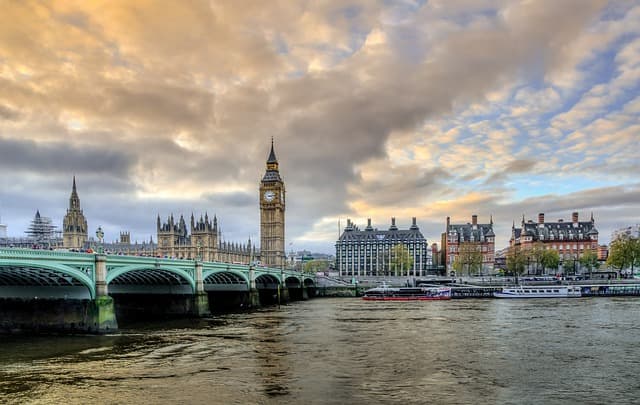
Our cordial greetings! We are your trusted guides to the fascinating world of London, a city rich in history, amazing sights and unique culture.
What is ShineMind? We are a team of experienced and passionate travelers imbued with a thirst for sharing that passion with you. Our mission is to provide you with the most vibrant and memorable experiences on your trip to London.
Tours and Excursions. Our range includes a variety of tours to all corners of London. From classic tours to historical landmarks to themed walks immersing vampire legends or Victorian detective mysteries. Choose your perfect itinerary!
Customized Travel. We realize that every tourist is unique and everyone has different interests. We create customized tours that are completely tailored to your wishes and requests. Your trip will be exactly as you dreamed.
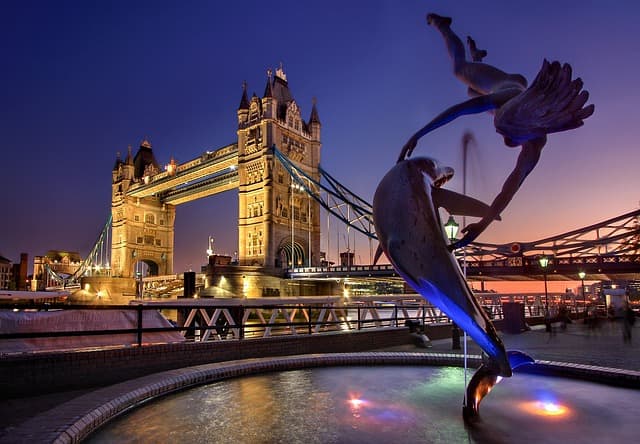
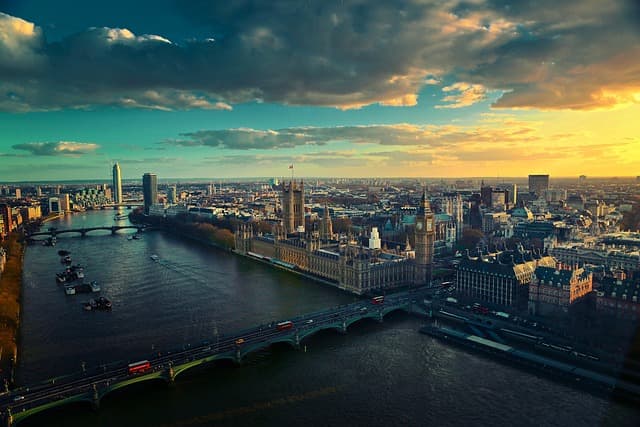
Cultural Activities. London is the cultural capital and we will give you access to the best museums, galleries, theaters and music events in the city.Hotels and Accommodation. We care about your comfort. Helping you choose the best hotels and accommodation to suit your budget and wishes.Travel Guides and Tips. On our website you will find useful articles, tips and advice about London to help you maximize your trip.
Our guides are true London experts who will share with you the stories and secrets of this magnificent city. We aim to make your trip memorable, exciting and special.
Join us on an exciting journey! Discover London with a new perspective with ShineMind. Leave your doubts at home and let us inspire you with real highlights!
London harmoniously intertwines ancient architectural masterpieces and modern innovations, creating a symphony of timelessness and progress.
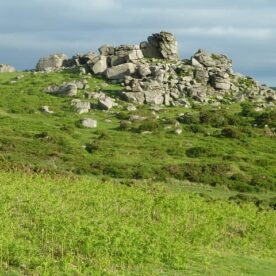
Explore the best of the South West of England on a three-day tour from London. See the prehistoric stones of …
Learn More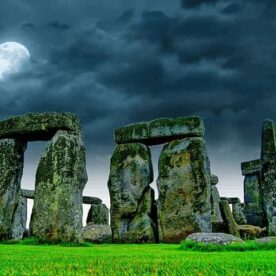
Epic half-day trip to mysterious Stonehenge For example, see a solar eclipse from the top of the mountain or climb …
Learn More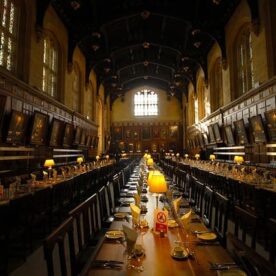
Warner Bros. London’s Leavesden Studios is offering a “Making of Harry Potter” tour, popular with children and adults alike. Over …
Learn More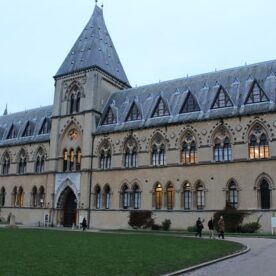
Welcome to an exciting day trip to discover the amazing places of England: Oxford, Stratford-upon-Avon, the Cotswolds and Warwick! Oxford …
Learn More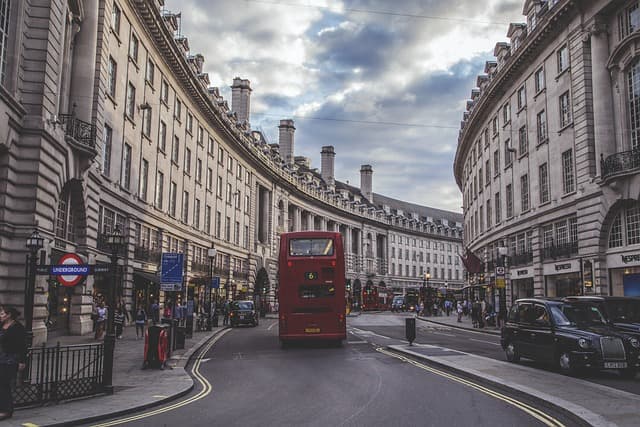
London is called the Foggy Albion and people think that the capital of Great Britain is shrouded in fog all the time. But, this natural phenomenon does not happen there often, more in the fall and winter period. When a large number of industrial plants were operating in the city, there was smog in the air.

Planning a trip to London? This magnificent city attracts millions of tourists from all over the world with its wealth …

Skycop is the best flight compensation company, dedicated to helping passengers claim what they deserve

If you are looking for new adventures, check out this blog about traveling in Ecuador.

Travelling can help you to broaden your horizons and get to know this world better. To combine travelling and education you can get dissertations assistance online from dissertation helpers and find professional writing service.

As experienced Realtors in Burnaby, BC, we offer personalized real estate services, guiding clients through buying, selling, and property management with local expertise and a commitment to achieving their real estate goals. We pride ourselves on our in-depth knowledge of the Burnaby market and our dedication to exceptional client care.

Flowwow, London's leading marketplace for an unrivalled selection of gifts including a delightful range of flowers, mouth-watering confectionery, plush toys and much more. With the added convenience of a flower delivery service in London, Flowwow becomes a one-stop destination for the most exquisite and thoughtful.
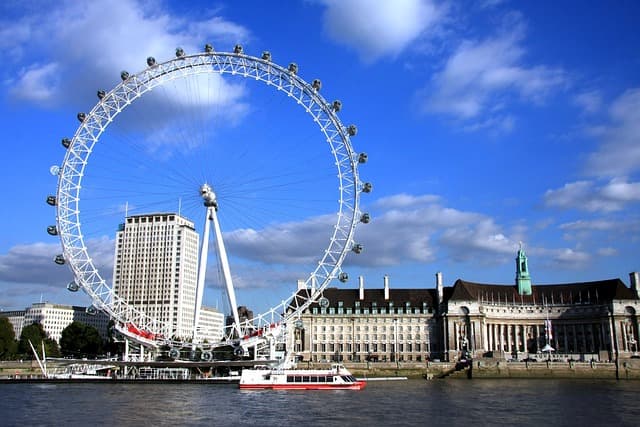
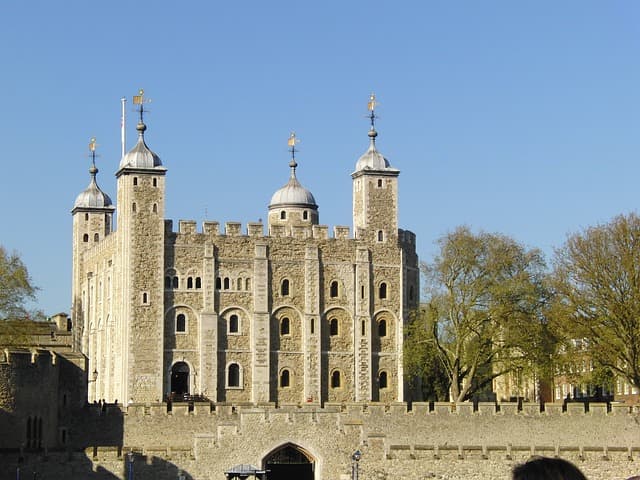
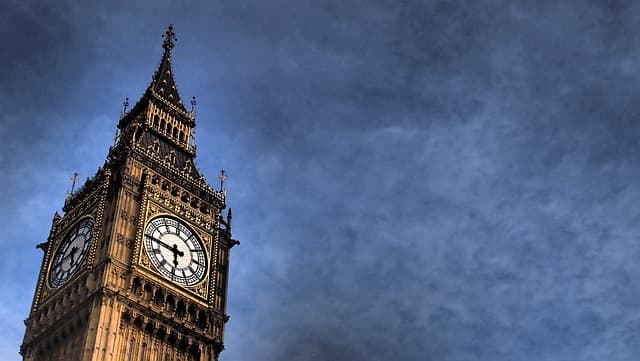
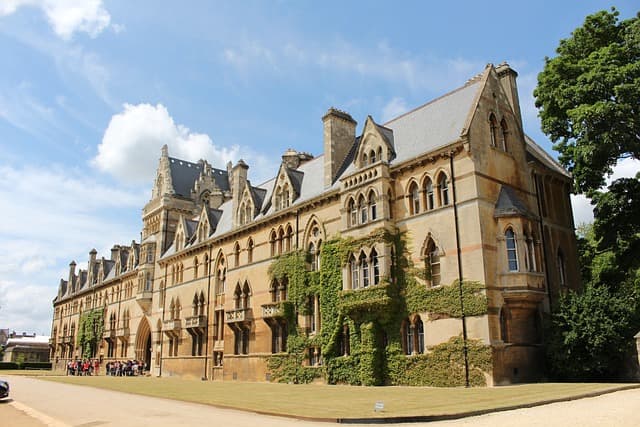
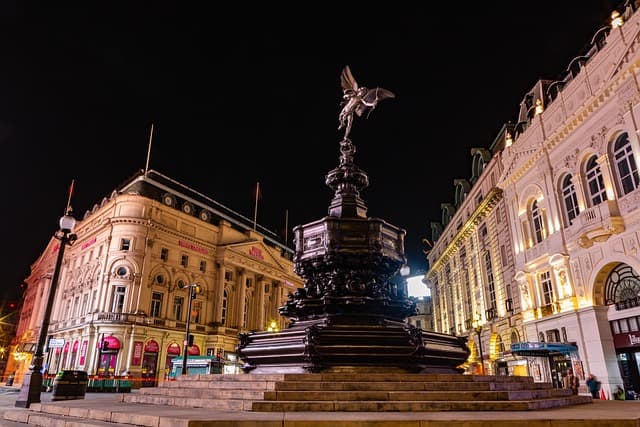
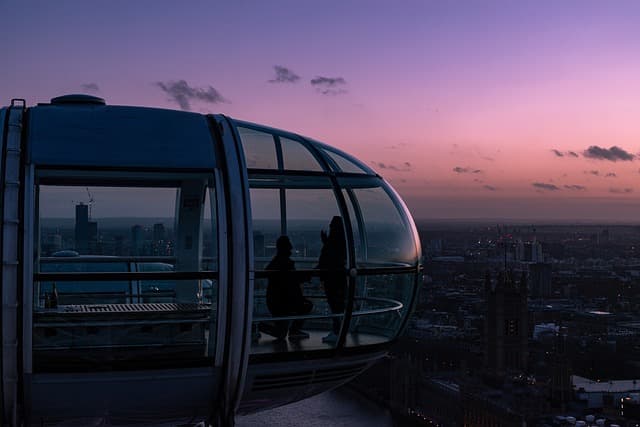

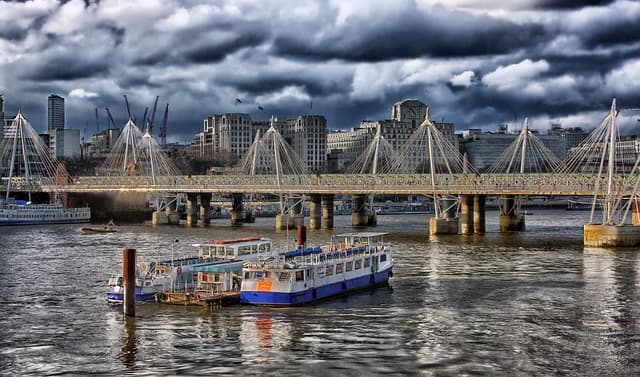
Can we help you find what you are looking for?